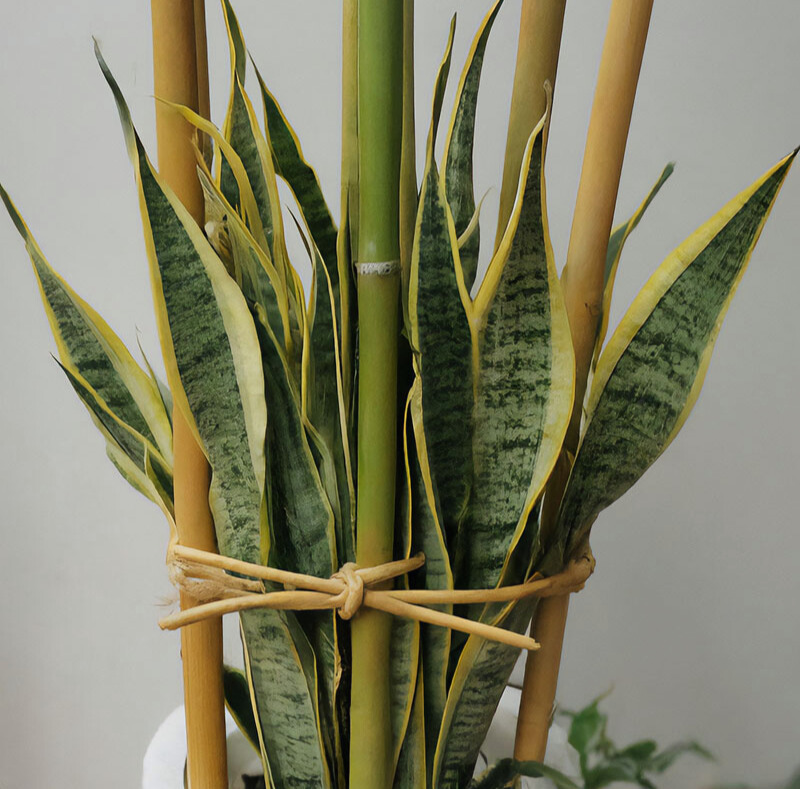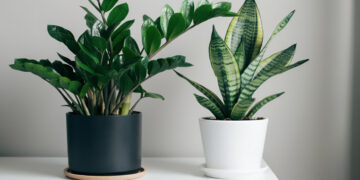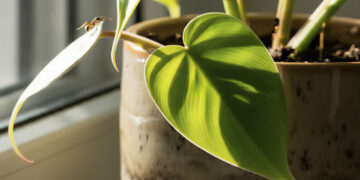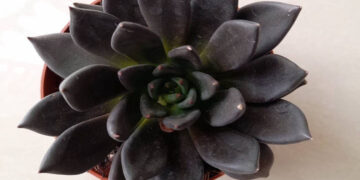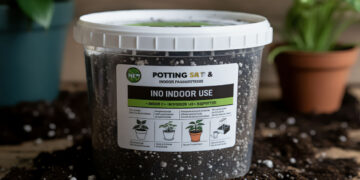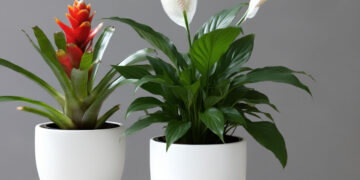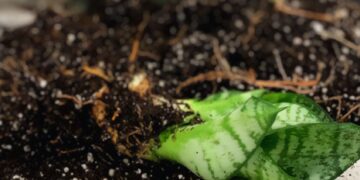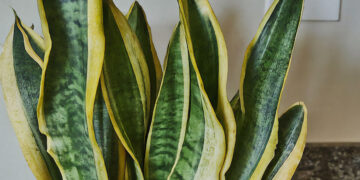
If your snake plant leaves are wilting, drooping, and leaning over, this guide helps you be a snake plant lifesaver from snake plant leaves falling over.
Why Are the Snake Plant Leaves Drooping?
The snake plants tell us that they are doing well with the color and shape of their leaves. When my snake plant leaves flop over, I know I must have failed to lead the way in my snake plant care, and my houseplant has a problem. Let’s discover the root cause like a skillful detective.
Watering
Always check how often you water a snake plant regularly. When one inch above the soil is dry, start watering and be sure to let the soil dry between two waterings. Depending on seasonal care, you may water it less or more than before in different seasons. So, pay attention to what season you are in, too.
Lighting problems
Then, go to the snake plant light needs and find the best place with bright, indirect light for your snake plant. Too much light makes the snake plant wither and droopy. In addition, it is strange to know that snake plant leaves are drawn towards the light. For example, if the light is low, the seeker leaves and bends towards the light, which leads to leaning or legginess. Try to rotate your plant occasionally.
Humidity
Provide moderate humidity for the snake plant because, in dry environments, droopy brown tips on snake plants appear, and fungal problems are found in very humid places.
Soil Type
After that, it’s time to give attention to snake plant soil with high drainage such as a cactus or succulent mix.
Fertilization
Don’t forget to analyze everything about snake plant fertilizers. Snake plants prefer a balanced, diluted houseplant fertilizer once during the growing season.
Pests
Get closer and carefully watch out the surface of the snake plant leaves to confirm no troublemakers such as spider mites, mealybugs, and scale insects have attacked your snake plant. Otherwise, it would help if you immediately treated it with insecticidal soap or neem oil.
Temperature Stress
Please measure the ordinary temperature. If it is usually between 60 and 85°F or 15 to 29°C, that is great. Still, higher temperatures make the snake plants look withered and lean; below 50°F, they will lean over and be mushy.
Physical Damage
If your children or pets suddenly damage the snake plant leaves or roots, your plant leaves will wilt.
Diseases
When you control all the external factors, you must consider the snake plant’s health, which is very important. If the snake plant is sick, for example, if snake plant root rot occurs or it suffers from fungal infections like leaf spot or anthracnose, the leaves will flop over and wither. It’s okay to use cinnamon powder for treatment.
Tips: The truth about all snake plant varieties, both snake plant outsides, and insides, is that if you observe all these elements in advance, your houseplant will not have the problem of leaf drooping and wilting.
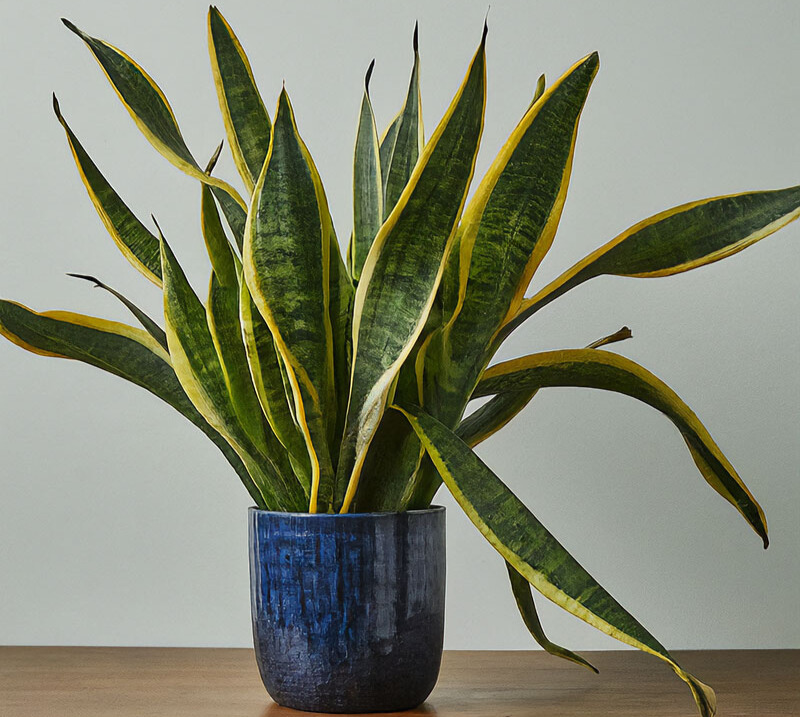
Make Snake Plant Shine Again!
If you look for it, there’s a solution for everything. Droopy snake plant leaves can be cured. However, the more severe the condition, the longer it may take. Eventually, with regular care, it will get better between a few weeks and a few months.
Common Ways of Maintenance and Care
If you ask me, pruning snake plant, repotting snake plant, and staking are workable solutions because they not only help the snake plant be stable but also make it look fresh and young.
How to Stake a Leaning Snake Plant?
Select a Stake
I definitely chose bamboo sticks, but you can use any long, firm stick.
Positioning
I put the stick in the soil near the base of the plant.
Tying
Then, I fixed the snake plant to the stick with soft ties.
Adjusting
As the plant grew taller as time went on, I checked and adjusted ties often.
Tip: Use several stakes if your snake plant is tall or heavy.
